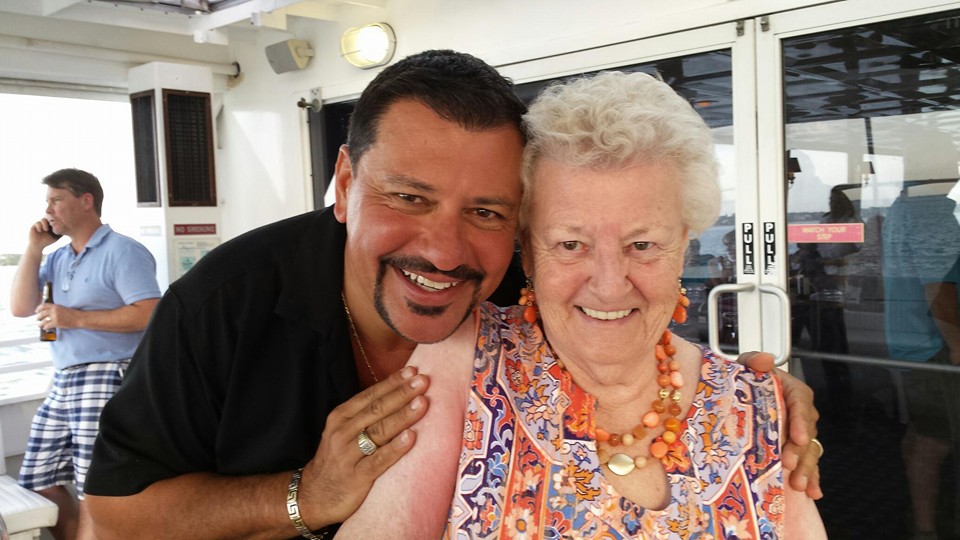
Assisted living communities have become an increasingly popular choice for older adults who require some assistance with daily activities while still maintaining a level of independence. This article presents an overview of assisted living in the United States, focusing on key statistics and insights to help individuals and their families make informed decisions.
Number and Distribution of Assisted Living Facilities:
- Approximately 30,600 assisted living communities in the U.S.
- 1.2 million licensed beds
- 56% of communities are chain-affiliated, 40% are independently owned
- Average community size: 39 licensed beds
- Most communities located in the West (40%), followed by the South (28%), Midwest (22%), and Northeast (8%)
States with the Most and Least Assisted Living Communities: Most:
- California (4,100)
- Washington (1,902)
- Florida (1,804)
Least:
- Delaware (34)
- Wyoming (43)
- Hawaii and Rhode Island (61 each)
Assisted Living Costs:
- National monthly median cost in 2023: $4,774
- Most expensive states: Alaska ($7,246), Rhode Island ($7,242), Massachusetts ($6,896)
- Most affordable states: Missouri ($3,183), South Dakota ($3,554), North Dakota ($3,598)
- Additional fees for varying levels of care can significantly impact total costs
Medicaid Coverage and Assisted Living:
- 18% of assisted living residents rely on Medicaid for daily care services
- Medicaid coverage varies by state; some states offer limited options for assisted living costs
- Highest percentage of residents relying on Medicaid: Connecticut (66%), Maine (50%), Alaska (49%)
- Lowest percentage: Louisiana (0%), Alabama (1%), California and Pennsylvania (2% each)
Resident Demographics and Health Conditions:
- Over 800,000 older adults reside in assisted living facilities
- 50% of residents are 85+ years old, 30% are 75-84, 13% are 65-74, and 6% are under 65
- 70% of residents are female, 30% are male
- Median length of stay: 22 months
- Common health conditions: Alzheimer’s/dementia (40%), heart disease (30%), depression (30%), diabetes (15%), hypertension (50%)
- Assistance needed: bathing (65%), walking/locomotion (50%), dressing (49%), using the bathroom (40%), transferring (34%), eating (20%)
Transitioning to Assisted Living:
- 60% of residents eventually move to a skilled nursing facility
- Reasons for discharge: moving back home, hospitalization, financial issues, transferring to another facility
- In-home care can be more expensive than assisted living
- Emotional, physical, financial, and spiritual challenges for older adults and their families
As the demand for assisted living continues to grow, affordability remains a significant barrier for many families. It is crucial for individuals and their loved ones to carefully consider all aspects of transitioning to assisted living and to seek guidance from professionals when navigating this complex decision.


